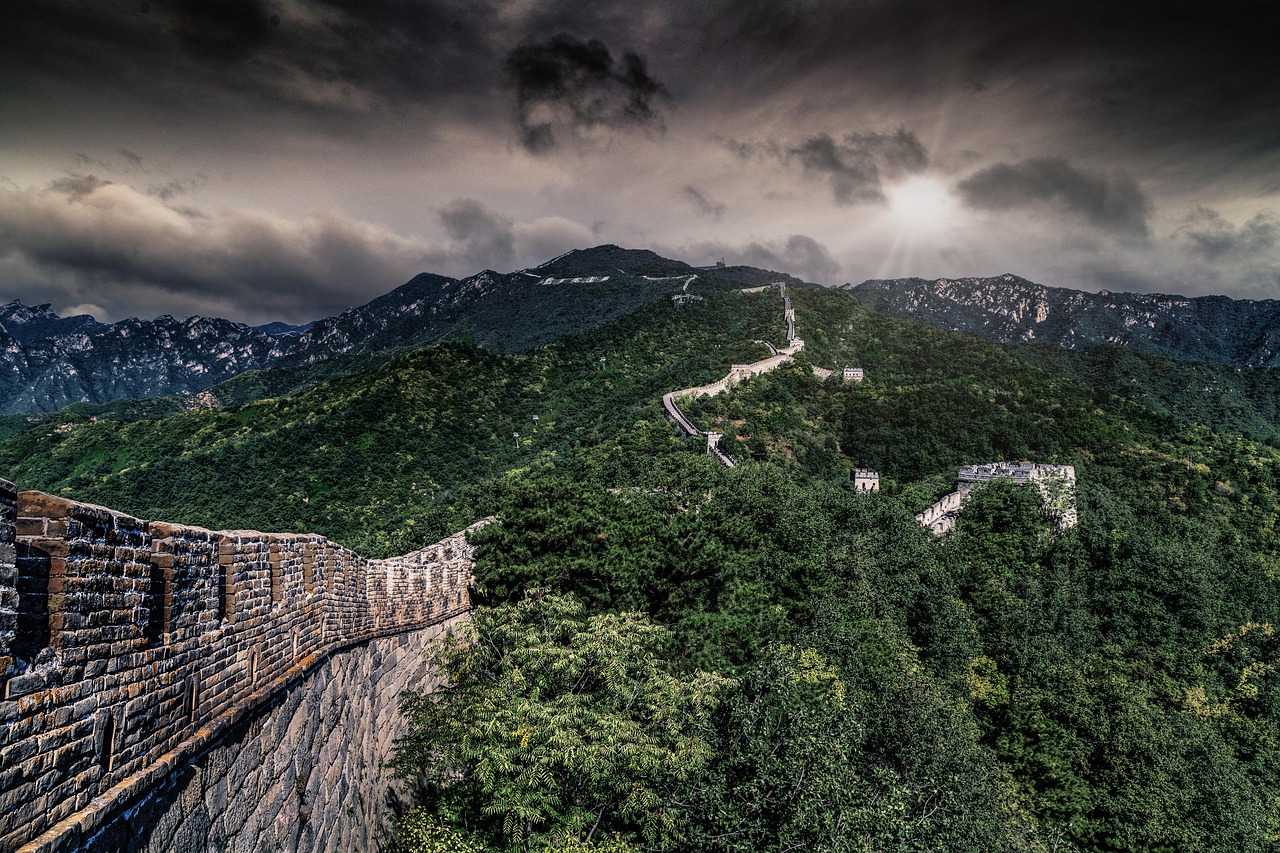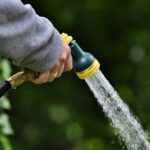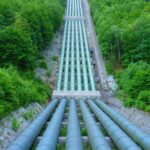Great Basin in Oregon: Southeastern Oregon is also impacted by the water cycle shortages.
Climate Change Impacts near Oregon: Southeastern Oregon is also impacted by the water cycle shortages
The Great Basin: A Thirsty Land in a Changing World
Amidst the rugged landscapes of the American West lies a land parched by an unforgiving thirst: the Great Basin. As the relentless sun beats down, casting long shadows across its sprawling desert floor, the region grapples with a water crisis that has left an indelible mark on its past and threatens its future.
The Water Cycle: A Delicate Dance
The Great Basin is a closed basin, meaning that all water that enters the region must ultimately evaporate or seep into the ground. The water cycle plays a vital role in maintaining the delicate balance of life in this arid land.
Evaporation, driven by the sun’s relentless heat, transforms liquid water into vapor that ascends into the sky. As the vapor cools, it condenses into clouds, which ultimately release their burden as precipitation in the form of rain or snow. This precious moisture then flows into the Great Basin through its myriad rivers and streams, replenishing aquifers and sustaining its diverse ecosystems.
A Water Crisis Unfolding
However, the natural equilibrium of the water cycle has been severely disrupted in the Great Basin. Climate change has intensified both the frequency and severity of droughts, causing precipitation to become increasingly erratic and unpredictable. As a result, water supplies are dwindling at an alarming rate, threatening the livelihoods of countless communities and ecosystems.
The Active Climate Rescue Initiative: A Glimmer of Hope
In the face of this dire crisis, organizations such as the Active Climate Rescue Initiative (ACRI) are emerging as beacons of hope. ACRI is working tirelessly to implement innovative solutions that mitigate the effects of water scarcity and build resilience in the Great Basin.
Their efforts include:
- Enhancing water storage and conservation infrastructure
- Promoting sustainable agricultural practices that reduce water consumption
- Protecting and restoring critical watersheds to ensure future water availability
A Dry Land’s Legacy and Future
The Great Basin’s water crisis is a sobering reminder of the fragile interdependence between human activities and the natural world. As we navigate this changing landscape, it is imperative to deeply reflect on the consequences of our actions and to seek out collaborative, sustainable solutions that safeguard the future of this thirsty land.
The Great Basin: A Thirsty Land in a Changing World
TL;DR: The Great Basin is a dry region facing a water crisis. Climate change is making things worse, causing less rain and more evaporation. This leads to shortages that affect people, animals, and the environment. To fix this, we need to conserve water, use it wisely, and find creative solutions. The Active Climate Rescue Initiative is working on this problem.
A Dry Land: The Great Basin
The Great Basin is a vast region in the western United States. Think of it as a giant bathtub with no way for water to drain out. It includes parts of Nevada, Utah, Oregon, Idaho, California, and Arizona. This region is known for its dry, desert climate, with mountains and valleys spread across its landscape.
The Water Cycle: A Balancing Act
Just like a bathtub, water flows into the Great Basin through rain and snow. But unlike a bathtub, the water doesn’t stay for long. The water cycle plays a vital role:
- Evaporation: The sun warms the water, turning it into vapor, which rises into the air.
- Condensation: As the vapor cools, it changes back into tiny water droplets, forming clouds.
- Precipitation: When the clouds get full, water falls back to Earth as rain or snow.
- Runoff: The rain and snow flow into rivers, streams, and lakes, or soak into the ground.
Water Shortages: A Growing Problem
The Great Basin has always been dry, but now it’s getting even drier due to climate change. Here’s how:
- Less Rain: Climate change is causing changes in weather patterns, resulting in less rain falling in the Great Basin.
- More Evaporation: Higher temperatures mean more water evaporates from the ground and from lakes and rivers.
These changes lead to water shortages, which impact:
- People: Farmers struggle to grow crops, and cities face limited water supplies for drinking and daily use.
- Animals: Wildlife depend on water sources for survival, but these sources are shrinking.
- The Environment: Water shortages can harm plants and ecosystems, affecting the health of the entire region.
Finding Solutions: A Collective Effort
We need to find ways to manage the Great Basin’s water resources more wisely. This involves:
- Water Conservation: We can all play a part by using less water at home, in our gardens, and in our businesses. This includes:
- Fixing leaky faucets: A small drip can waste gallons of water each day.
- Watering lawns efficiently: Use timers and water-efficient sprinklers.
- Taking shorter showers: Saving water in the bathroom is easy.
- Innovative Irrigation: Farmers can use new irrigation methods to use water more efficiently, such as:
- Drip irrigation: Delivers water directly to plant roots, reducing evaporation.
- Precision irrigation: Sensors monitor soil moisture and water plants only when they need it.
- Policy Measures: Governments can create policies to help conserve water, such as:
- Water pricing: Higher prices for water can encourage people to use less.
- Water conservation mandates: Regulations can require businesses and individuals to conserve water.
The Active Climate Rescue Initiative: A Hopeful Sign
Organizations like the Active Climate Rescue Initiative are working to solve the Great Basin’s water problems. They’re using technology, education, and community partnerships to help people conserve water and find creative solutions. Learn more at https://climate-rescue.org/.
Summary: Working Together for a Sustainable Future
The Great Basin faces a water crisis that is being intensified by climate change. Less rain, increased evaporation, and water shortages have far-reaching impacts on people, animals, and the environment. By embracing water conservation practices, implementing innovative irrigation methods, and supporting policy measures, we can work towards a sustainable future for this vital region. The Active Climate Rescue Initiative is a valuable resource in this effort, leading the way towards a more water-secure Great Basin.




